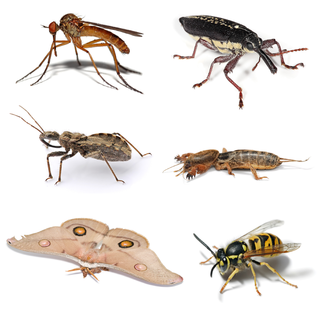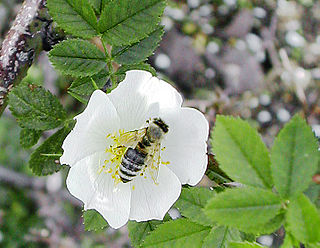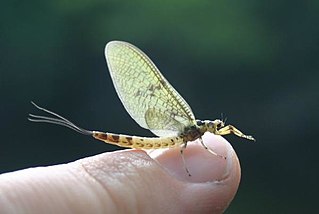 W
WThe name Apterygota is sometimes applied to a subclass of small, agile insects, distinguished from other insects by their lack of wings in the present and in their evolutionary history; notable examples are the silverfish, the firebrat, and the jumping bristletails. Their first known occurrence in the fossil record is during the Devonian period, 417–354 million years ago.
 W
WThe Dicondylia are a taxonomic group (taxon) that includes all insects except the jumping bristletails (Archaeognatha). Dicondylia have a mandible attached with two hinges to the head capsule (dicondyl), in contrast to the original mandible with a single ball joint (monocondyl).
 W
WEumetabola is an unranked clade of Neoptera. Two large unities known as the Paurometabola and Eumetabola are probably from the adelphotaxa of the Neoptera after exclusion of the Plecoptera. The monophyly of these unities appears to be weakly justified.
 W
WMetapterygota is a clade of winged insects containing order Odonata and Infraclass Neoptera.
 W
WNeoptera is a classification group that includes most orders of the winged insects, specifically those that can flex their wings over their abdomens. This is in contrast with the more basal orders of winged insects, which are unable to flex their wings in this way.
 W
WThe name Palaeoptera has been traditionally applied to those ancestral groups of winged insects that lacked the ability to fold the wings back over the abdomen as characterizes the Neoptera. The Diaphanopterodea, which are palaeopteran insects, had independently and uniquely evolved a different wing-folding mechanism. Both mayflies and dragonflies lack any of the smell centers in their brain found in Neoptera.
 W
WThe Pterygota are a subclass of insects that includes the winged insects. It also includes insect orders that are secondarily wingless.